Do you need a water supply for your clothes dryer?
 While a washing machine is found in almost every home, a dryer can be found much less frequently, which is why not everyone knows whether a water supply is necessary for a drying machine. The devices are indeed similar in many ways; the dryer is even often connected to the sewer system, as well as to ventilation, but it definitely does not need running water. We'll tell you how to properly connect your new “home assistant”.
While a washing machine is found in almost every home, a dryer can be found much less frequently, which is why not everyone knows whether a water supply is necessary for a drying machine. The devices are indeed similar in many ways; the dryer is even often connected to the sewer system, as well as to ventilation, but it definitely does not need running water. We'll tell you how to properly connect your new “home assistant”.
Where to connect the dryer?
First of all, let's note a common truth - a dryer, like any other large household appliance, needs access to an electrical outlet. With sewerage and ventilation, everything is a little more complicated, because the need for these communications directly depends on the model of the dryer.
There are ventilation-type units on the market that are capable of removing moisture directly to the street using a ventilation pipe. Unfortunately, the use of such a dryer is only permitted in a private home. However, the only advantage of this type of dryer is its low cost. The fact is that it is difficult to operate, it is only suitable for mild climates, plus it is very difficult to find a suitable installation location for it.
As for ventilation, it is very easy to provide. A special ventilation hole is prepared in the device body, to which a soft air duct is attached. The “home assistant” itself comes with a special clamp necessary to connect the ventilation pipe to the hole. The other end of the pipe goes into the ventilation, if it is prepared, or directly into the window of the house.
In no case should the pipe be bent more than 90 degrees, otherwise the exhaust channel may not have enough traction.
It is also worth noting another obvious drawback of such dryers - the complexity of installation due to the high temperature dependence. If the temperature in the room prepared for the dryer is often high, you should not run the air duct along the top. If you do not follow this advice, condensation will collect in the pipe, making it much more difficult for air to escape. In this case, it is recommended to make another hole in the wall at the level of the corrugated pipe so that it horizontally connects the ventilation hole in the household appliances and the wall of the house.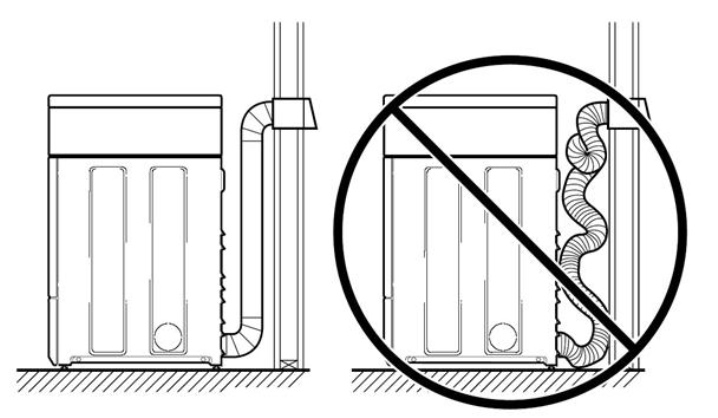
Because of all of the above, users often have a reasonable question: is such a device needed in the house at all, given that ventilation-type dryers are endlessly outdated? That is why such devices are gradually going out of sale, giving way to condenser-type machines.
In such units, clothes are effectively treated with hot air, which is then pumped into a cooling chamber, where the moisture condenses and is either sent to a special tank, or the water is immediately drained into the sewer. Often housewives do not even use communications, preferring to manually empty the container with condensate. But it is much more convenient to connect household appliances to the sewer using a special hole in the body of the machine and an ordinary hose, so as not to even think about filling the tank.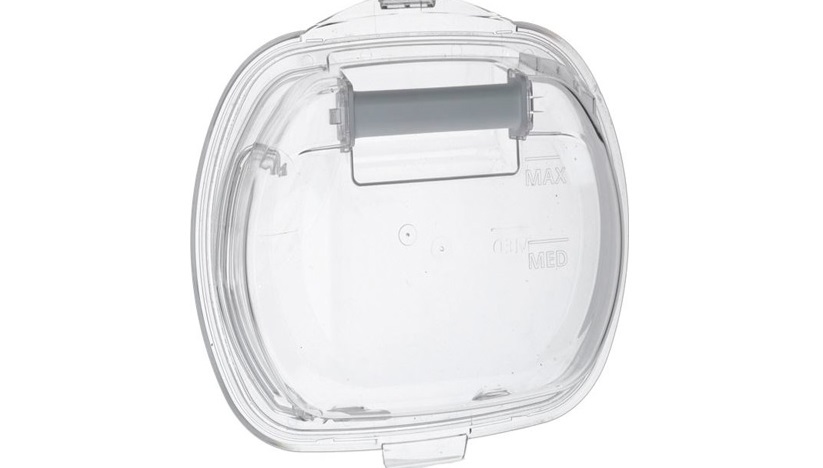
Finally, there are heat pump condenser dryers, which are the most modern and efficient devices for drying clothes.They do not have a heating element, and the temperature difference occurs due to the built-in refrigeration unit. The equipment is characterized by an almost complete absence of heat loss, which makes it very economical and suitable for installation in any room where there is a simple 200-volt outlet. Due to its high energy efficiency, the machine is often placed not only in the kitchen or bathroom, but also in corridors, and even on the balcony, if a reliable double-glazed window is installed there, which will prevent the formation of excess moisture on expensive household appliances.
Connecting equipment to the sewer
The drainage of water into the sewer for the dryer is organized according to a similar principle as for the washing machine. The main difference is that the drain hose of a dryer is thinner than that of a washing machine because there is much less waste liquid. The owner of the equipment needs to connect one end of the drainage hose to the body of the “home assistant”, and attach the other to a siphon or tee valve, previously installed in the sewer riser. Carefully follow our instructions to organize the connection.
- Unfold the dryer to gain easy access to the back of the dryer.
- Find the hole where the hose comes from. Its end is attached to the fitting so that all condensate flows through the hose into a special tank.
- Unscrew the hose from the fitting.
- Take the drain hose that should come with your dryer.
- Attach one end of the drain hose to the fitting.
- Connect the other end of the hose to your siphon or tee tap.

The easiest way to organize the drainage of water into the sewer is using a siphon under the sink or bathtub, screwing the drain hose to the fitting.If for some reason this method is not available to you, then you need to install a tee on the sewer pipe. In this case, you will have to use a cuff during connection to avoid possible leaks of the connection.
There is a very lazy way to organize a drain - not through a siphon or tee tap, but by fixing the drainage hose on the edge of the bathtub, sink or toilet. This method has the right to life, because not much water leaves the dryer, so the corrugation will definitely not break off during operation and will not flood the floors and your neighbors below. The only significant disadvantage is that such a drain is not only not aesthetically pleasing, but also unhygienic, so you should only opt for this option as a last resort.
Interesting:
Reader comments
- Share your opinion - leave a comment
Categories
Washing machine repair


For buyers

For users

Dishwasher



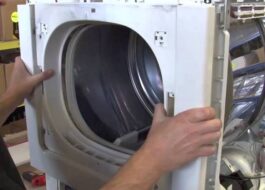
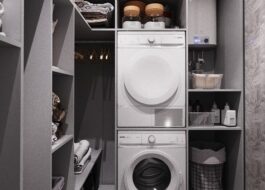
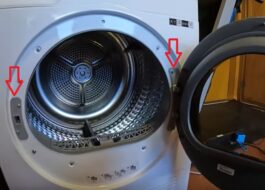











Add a comment